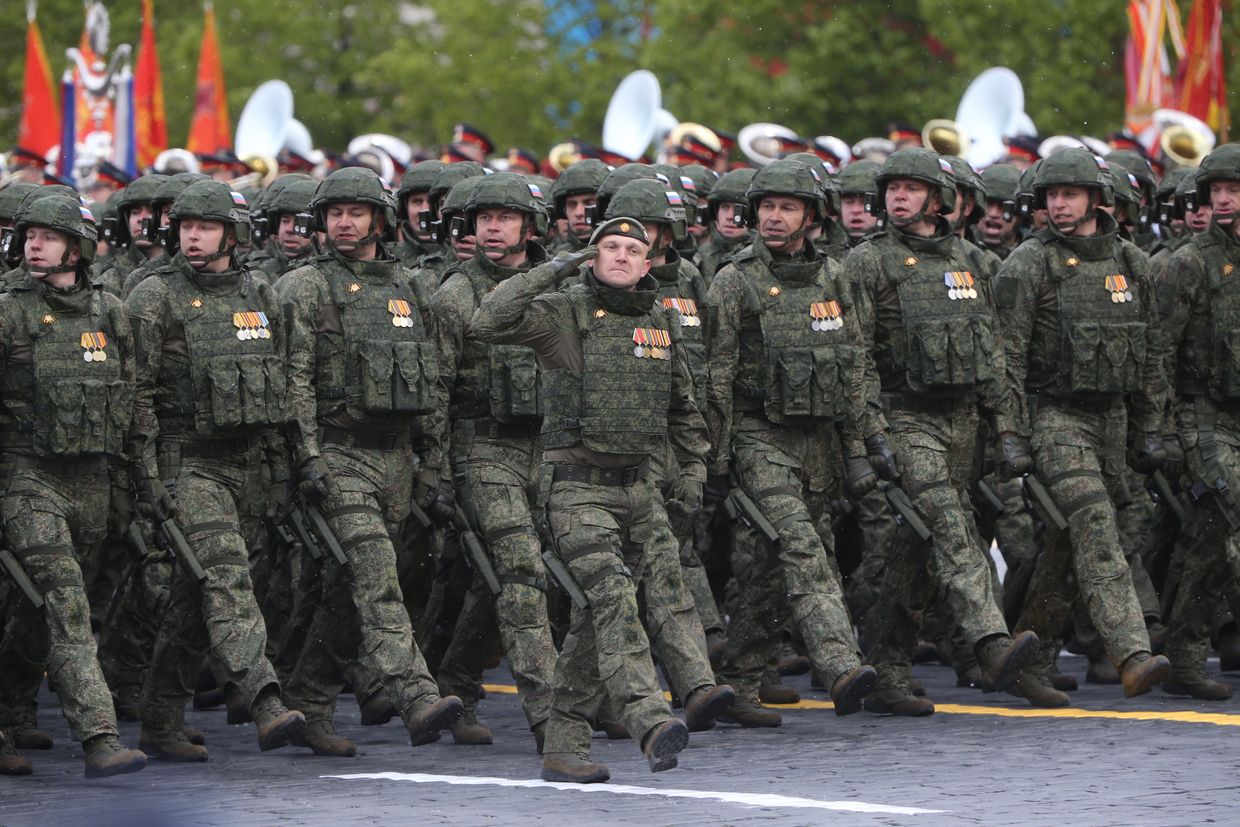Russia targets Kharkiv with cluster munitions in 'double tap' strike, police say

Russian forces used an Iskander missile armed with cluster munitions in a "double-tap" attack on an industrial facility in Kharkiv on July 24, Volodymyr Tymoshko, the head of the National Police in Kharkiv Oblast, said in a comment to Suspilne.
The Russian military launched multiple attacks against the northeastern city of Kharkiv throughout July 24, injuring at least nine people and damaging a Swiss NGO office.
Tymoskhko said that one of the targets, an industrial site, was attacked repeatedly, including one strike with cluster munitions.
"At 5:00 in the morning, a completely civilian object was hit, then two strikes on an industrial facility in Kharkiv, an hour later the same object was hit with a cluster munition," Tymoshko told Suspilne.
"We are absolutely sure that the second time they used cluster munitions to hit the rescuers and police officers who were there."
Rescue workers had already cleared the area shortly before the missile hit, Tymoshko said.
Russian forces have been known to target first responders by hitting previously damaged sites a second time shortly after a first attack, a tactic known as "double-tap" strikes.
Over the past months, Russia's "double-tap" attacks have escalated, killing nearly 30 rescue workers in Odesa, Kharkiv, and Zaporizhzhia and wounding more than 20 in March and April of 2024 alone.
"It's a miracle that both the rescuers and the police left the site 10 minutes before the second strike," Tymoshko said.
"However, they hit with a cluster, the cluster scattered over a large area and injured people who were passing by the private enterprise on the street or were in the private sector located nearby."
Tymoshenko said that markings on fragments of the weapons found on scene indicate that the missile was manufactured in the second quarter of 2024.
Ukrainian officials have repeatedly accused Russia of using cluster munitions to target civilian areas. These weapons "spray" small bomblets across a wide area, with some of them detonating long after the attack, posing a continued danger to the local population.
Attacks on population centers in Kharkiv Oblast intensified after Russian forces launched a new cross-border offensive in the northern part of the region in May.














